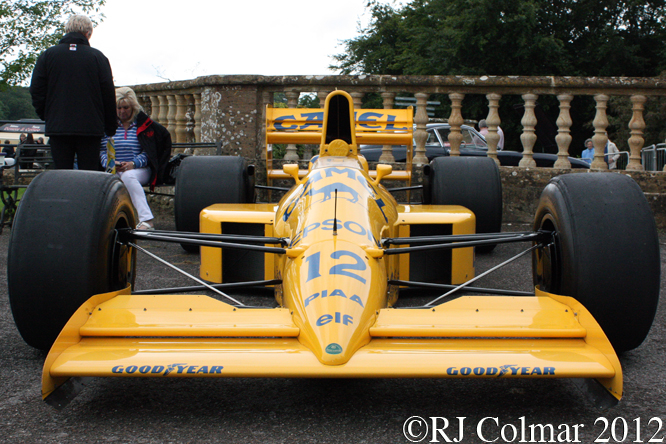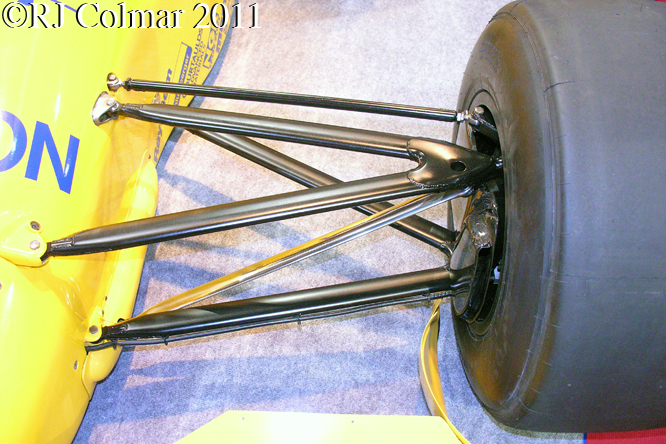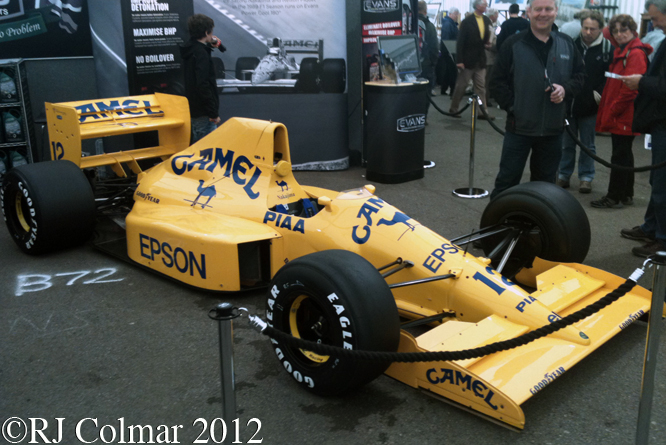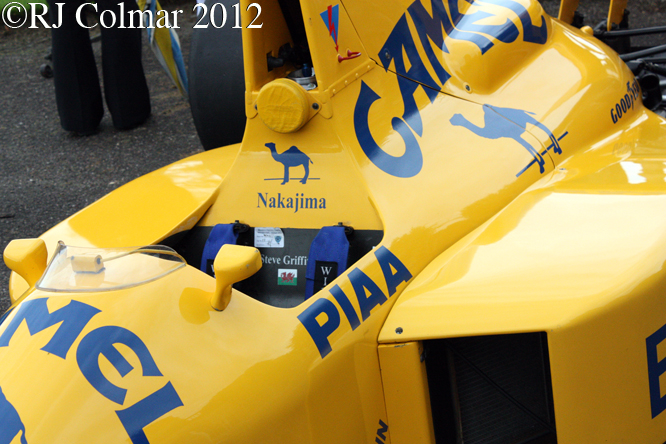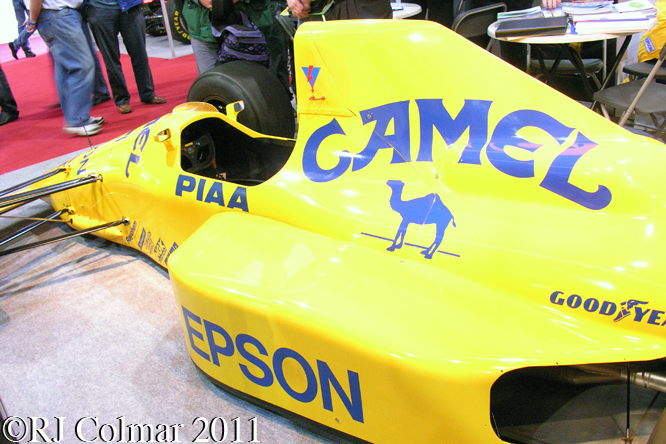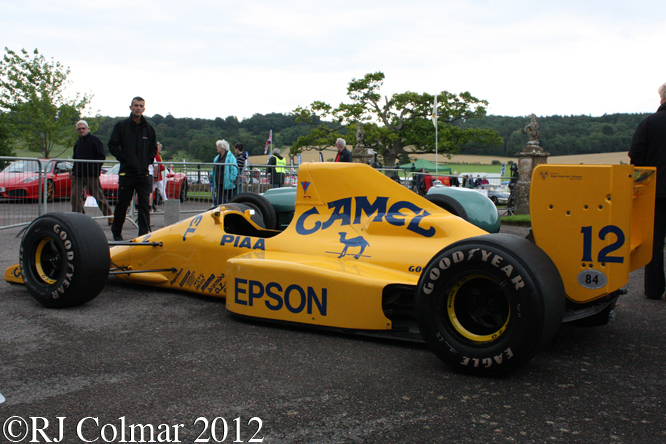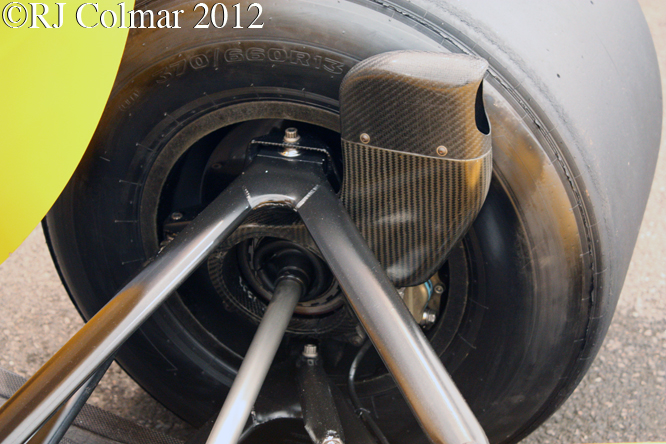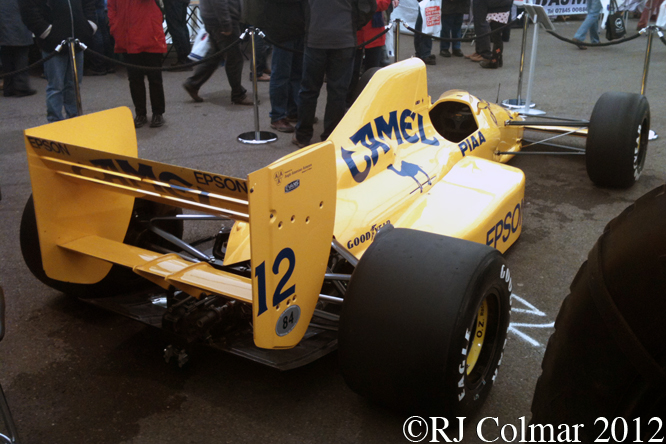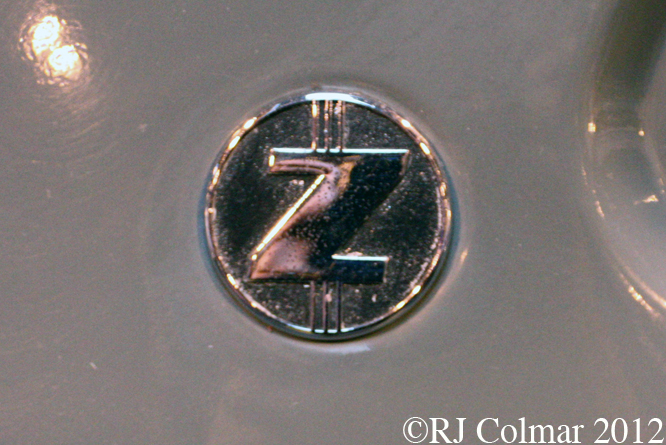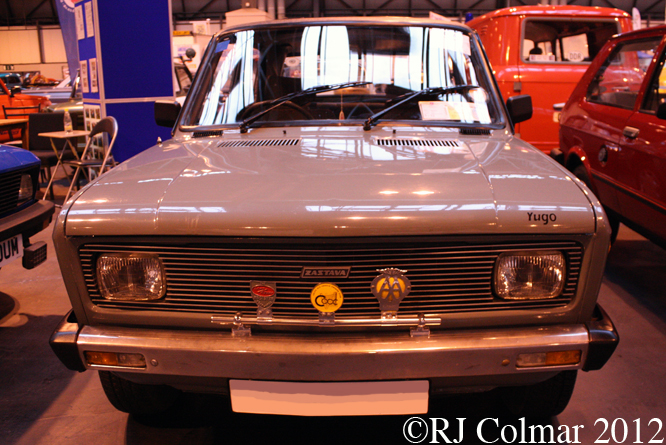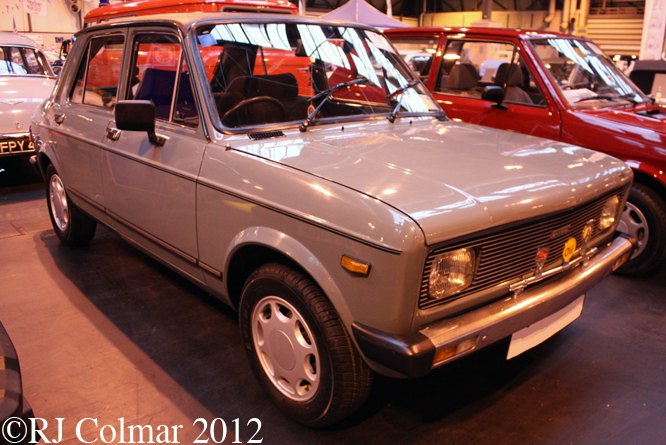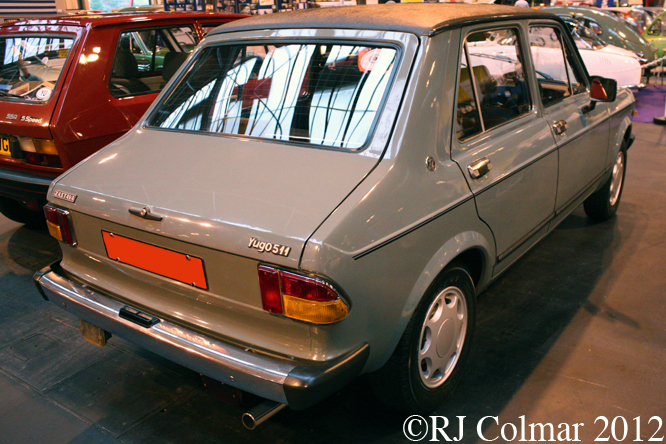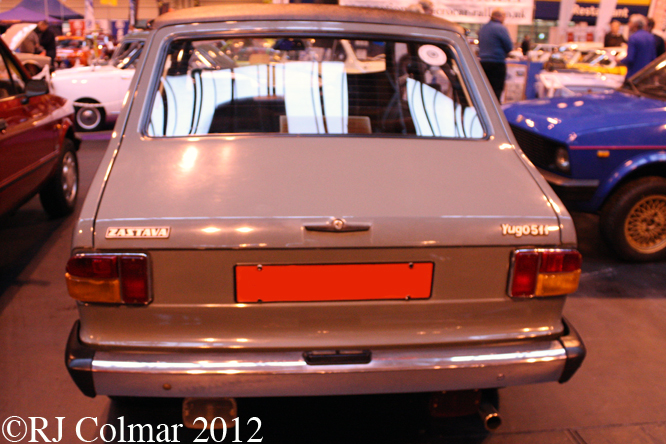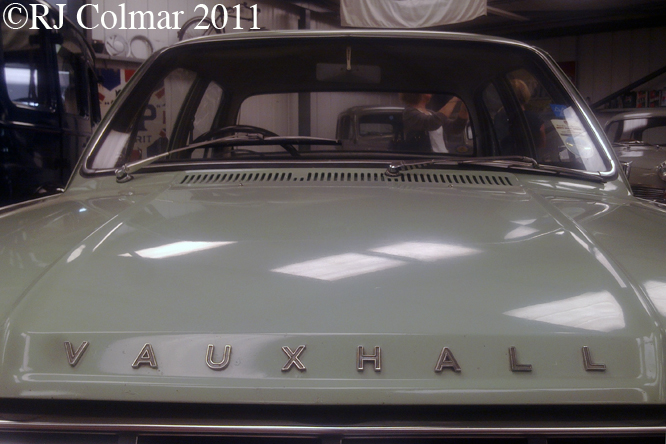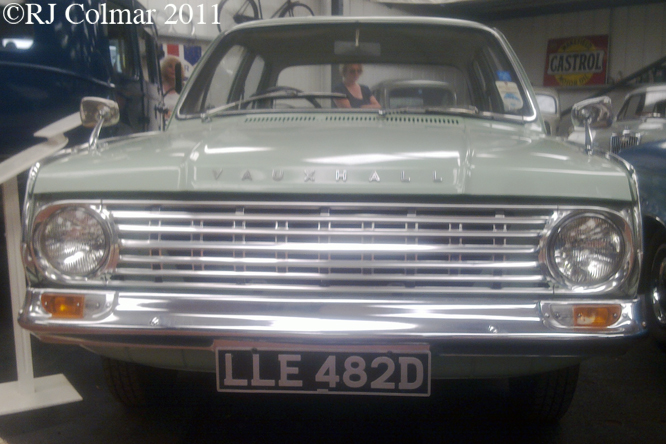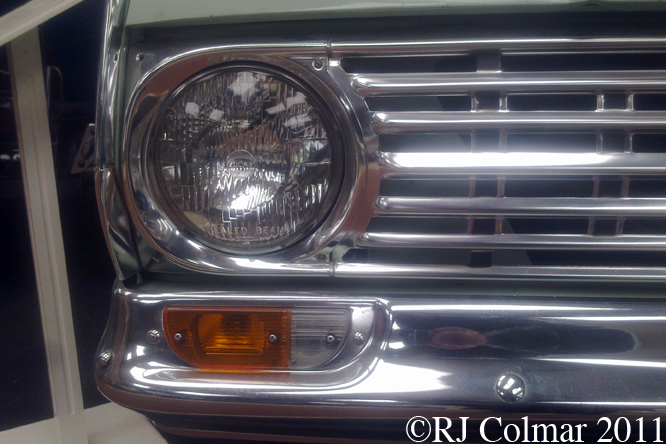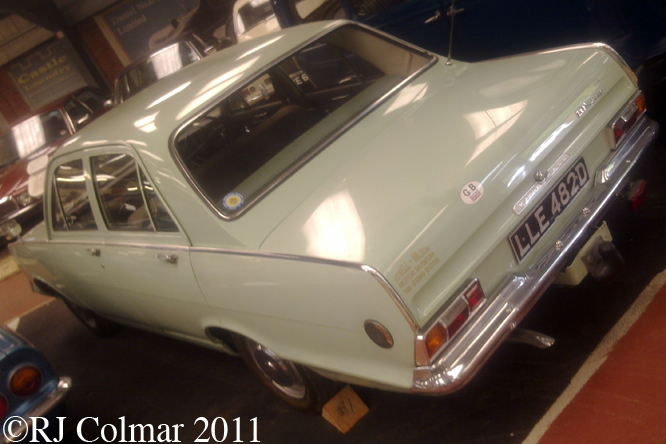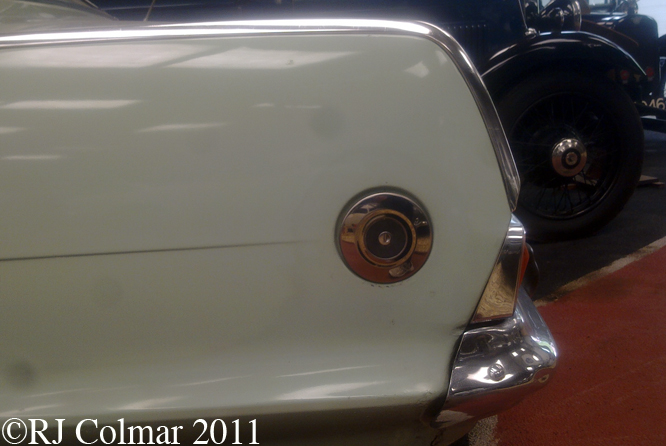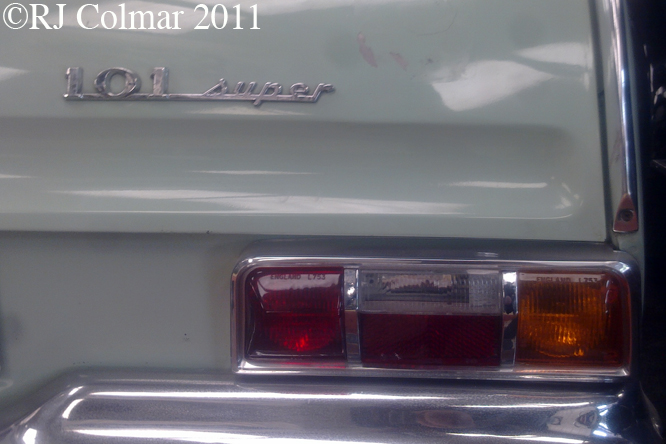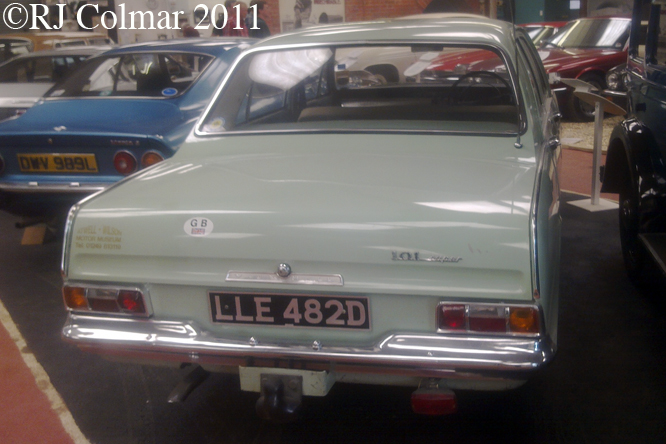There is no room for sentimentality in sport even if one has designed a triple Indy 500 winning Indy Car and a car that has secured one constructors World Championship and two world drivers championships after 4 year of steady decline to the bottom of the top ten one must expect ones sponsors to either walk or agree a merger with an up and coming team.
Such was the situation Gordon Coppuck found himself in at McLaren at the end of the 1980 season when sponsors Phillip Morris agreed to fund a merger between the upstart Project Four hither to Formula Two team headed by former Brabham mechanic Ron Dennis and McLaren who had not won a race since the Japanese Grand Prix in 1977.
Part of the deal would include Ron hiring John Barnard to design a new car with a fully composite chassis leaving Gordon little alternative to seek employment else where. Gordon joined his former colleague and McLaren employee Robin Herd at March for 1982 and after a year there became a founding member of a new Formula 2 team with March Formula 2 team manager John Wickham which was funded by Philip Morris and was to be powered by potent 2 litre Honda V6 engines with Belgian Thierry Boutsen and Swede Stefan Johansson as drivers.
Thierry won three races and finished third in the 1982 F2 championship behind March BMW drivers Corrado Fabi and Johnny Cecotto but more importantly for the Spirit team they had outscored the similarly powered Ralts of Kenny Acheson and Dr Jonathon Palmer so that when Honda was deciding on which team to partner in their planned for 1983 entry into Formula One it was easy to go with Spirit.
Withdrawing completely from Formula 2, having won the championship with Geoff Lees in 1981, Honda developed it’s turbocharged 1.5 litre V6 engine while Spirit adapted one of it’s Formula 2 chassis to take the engine while simultaneously working on today’s featured design the 101 from scratch.
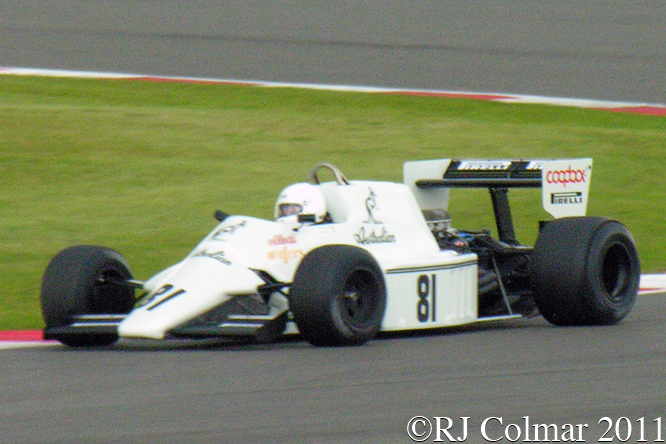
Spirit entered a limited programme of six races mid way through the 1983 season and Stefan Johansson managed to qualify the adapted Formula 2 201 and later 201C for all the races entered retiring from three of them and finishing a season best 7th in Holland. The 101 was ready for the last two of this programme but was left unraced.
For 1984 the team had hoped to retain the Honda Engines and attract 1972 and 1974 World Champion Emerson Fittipaldi out of retirement, but Honda decided to go with the more established Williams team who had the slightly younger 1982 World Champion Keke Rosberg already on their books.
Wickham and Coppuck wasted little time and did a deal to run the 4 cylinder turbocharged Hart 415T engines, that had hitherto been developed exclusively with Toleman since 1980 and Spirit adapted the unraced 101 in time for Emerson to test before the season got underway.
Emerson decided that this was not what he really wanted and so Mauro Baldi was entered for the first six races of the season scoring 8th places finishes in South Africa and San Marino before Huub Rothengatter was entered for the next eight races. With Hart motors in short supply Huub failed to qualify with a Cosworth DFV installed in Detroit but finished a best 8th in the Italian Grand Prix at Monza on his final start in the car.
Mauro returned to the seat for the final two races of the 1984 season finishing 8th in the European Grand Prix at Brands Hatch.
For 1985 Mauro was retained to drive the 101, now in D spec with longer side pods, as was a supply of Hart engines and Pirelli tyres, which would become significant because fellow Hart powered team Toleman had switched from Pirelli to Michelin part way through the 1984 season and when Michelin withdrew from Formula One at the end of 1981 neither Goodyear or Pirelli were prepared to step in and supply tyres to the team.
Without tyres Toleman had to withdraw from the first three races of the 1985 season while Mauro could do no better than qualify 24th for the first two races of the season, after qualifying last at San Marino nearly 10 seconds off the pace and posting it’s third consecutive retirement Spirit decided to call it a day and sold their contract for a supply of Pirelli Tyres to Toleman who could do no better than post one 12th and one 14th place finish all season though Teo Fabi did qualify on pole in Germany which helped secure the teams take over by sponsor Benetton at the end of the season.
Mark Williams is seen at the wheel of the 101D powered by a Cosworth DFV motor at Silverstone Classic a couple of years ago.
Thanks for joining me on this “Tyre Contract For Sale” edition of “Gettin’ a li’l psycho on tyres” I hope you will join me again tomorrow. Don’t forget to come back now !


